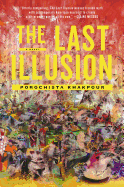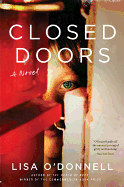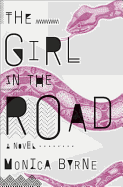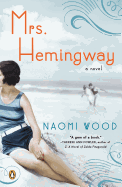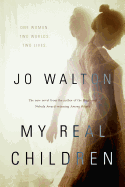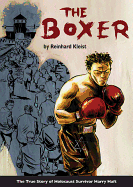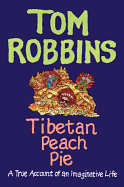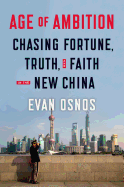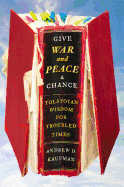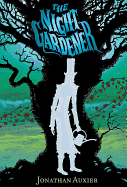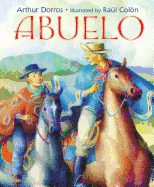 |
| photo: Naoya Sanuki |
David Peace grew up in Ossett, in the U.K., near where the Yorkshire Ripper went on his murder spree. The killings had a profound influence on him, leading to a strong interest in crime. His quartet of Red Riding books, which were adapted into a BBC TV series, grew from this obsession with the dark side of Yorkshire. Peace has taught English in Istanbul and Tokyo, where he now lives with his family. In 2003, Peace was named by Granta magazine as one of 20 "Best Young British Novelists." His new novel, Red or Dead (Melville House, May 27, 2014) celebrates the coaching career of Liverpool's legendary football manager, Bill Shankley.
Your novels are an unusual blend of fact and fiction. Red or Dead is a novel, but Bill Shankly, his coaches, his team, his family--they're all real people. The events in the novel are actual events, down to the scores of the matches. Why fictionalize it?
My understanding of the origins of all art--drama, poetry and prose, as well as painting, sculpture and music--was that it told the stories (histories) of people. I am of that tradition (if not quality!). The modern so-called literary novel, with its fictions and with its fantasies, is a very recent bourgeois phenomenon. I reject that completely; I want to tell real stories about real people. But I believe that the novel can be the most honest way to do that; any so-called nonfiction book, no matter its intentions or its qualities, can never be "the whole truth" about its subject anyway; it will always be subjective, too. I also believe the novel has the potential to resurrect and illuminate its subject with an emotional intensity and visceral power that is much harder--though not impossible--to do in nonfiction. In short, I want Red or Dead to be a living, felt experience for any reader.
You started writing Red or Dead because of a screenplay offer. Was that the first time you considered Bill Shankly as a subject or had he crossed your radar before?
Just to be clear, I wrote Red or Dead as a novel. Full stop. Not a screenplay. But yes, the spark came from a very brief discussion about the possibility of a screenplay; the minute the producer said those two words "Bill Shankly" it was as though Shankly had been sitting in the room all along and I had not noticed him; he once managed the club I support, Huddersfield Town, and so I grew up with my grandfather and father telling stories about him; he is also on the inside cover of the first edition of [my novel] The Damned Utd, as well as featuring in that novel; and, finally, he was friends with Sir Harold Wilson, the former Prime Minister, whom I one day plan to write about. So Bill Shankly had certainly crossed my radar before, but the timing of that call about the screenplay was everything; I was at a very, very low point and knew I needed to write a very different book about a very different man. And Bill Shankly, sitting there all along, was the man and the book I needed to write.
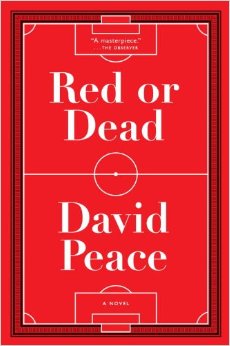 Why did you feel you had to write a novel about Shankly first?
Why did you feel you had to write a novel about Shankly first?
I am not a screenwriter; it's a completely different art form. If I was to have any hope of ever writing a screenplay, then I knew I would have to have written a novel first.
Will you now go on to write that screenplay?
I've done one draft so far but I've a long, long way to go and a lot to learn.
In your research, did you discover anything that surprised you about Bill Shankly?
This is very hard to answer briefly but, in short, his absolute selflessness; he worked and he worked, he struggled and he sacrificed, day in day out, for other people; the people who supported Liverpool Football Club, to make them happy. Every single day he lived, every single thing he did, he lived and did for other people.
You had the opportunity to use recordings and transcripts from Shankly's ghostwriter, John Roberts. What other research did you do for this book?
Yes, the recordings and the transcripts were a very generous and very wonderful gift from John. And I also met some other journalists who had known Shankly well, and some players who had played under him. And then there were all the books already written about him and about Liverpool Football Club. And, finally, there were the newspaper match reports; every game of every season, Shankly managed Liverpool Football Club. I think the year I spent researching was probably the happiest year of my life.
Why is now the time for people to know about Bill Shankly? What are you hoping your readers will take away from the "Red Saint?"
A different man and a different way of living. With his selflessness and with his socialism, on and off the pitch, Bill Shankly was the very antithesis of much of modern football and most of modern life. And so I hope readers will see this different way of living, this different narrative, and realize that things do not have to be the way they are now. There is an alternative and his name is Shankly: Bill Shankly.
Red or Dead is a hefty work, but is there anything you wish you could have included that you didn't?
Well, the published edition was actually edited down from a much, much longer book. But I don't regret that; so no, I'm happy with the edited, slimmer version.
You've said that there are always elements of Japanese culture in your writing. Is that true for Red or Dead?
One of my favourite films is Ikiru (usually translated as To Live) by Akira Kurosawa and I think there are perhaps echoes of that film in the book. Maybe. I was conscious, too, of the way so many "salary men" in Japan dedicate their entire lives to their companies and their work and then how they struggle to adjust and to cope with life in retirement, after the work has finished.
You wrote the novel The Damned Utd, which also deals with football. Did writing that book influence Red or Dead?
Well, I think maybe The Damned Utd was perhaps a "negative influence"; I am fond of repetition, but I really did not want to write the same book again. So in that way The Damned Utd influenced me to make the books almost polar opposites.
In Red or Dead, football is very important to so many people. Why do you think professional sports become so important to people?
Narrative, tradition and community. People need the narratives that sport provides--in the endless cycles of games and seasons, winning and losing--and then the traditions of these narratives--the myths, the legends and the histories that fire the imagination and give hope--and, most importantly perhaps, these narratives and traditions are all communal and shared; you are part of a community, you are not alone.
Prior to publishing your first book, you were a teacher. Was writing always a goal for you?
Yes, since I was seven or eight years old, and I have always written every day since then, and when I was teaching, too. But I enjoy teaching and I still teach Contemporary Literature once a week at the University of Tokyo; it is the highlight of my week because teaching is also always an opportunity for me to keep learning.
The final installment in your Tokyo Year Zero trilogy is next. What are you hoping to tackle after that?
Yes, I am now writing the third book in the Tokyo Trilogy and hope to finish it by the end of the year, God-willing. After that, I hope to write UKDK, which will be the fourth book in a loose quartet formed with GB84, The Damned Utd and Red or Dead.
Do you still plan to stop writing novels after the 12th?
No, I made that remark at a particularly low point, and even then it was with the caveat that the Red Riding Quartet was one book and the Tokyo Trilogy one book. But writing Red or Dead, one of the many things I learnt was don't stop. Never stop. --Jen Forbus of Jen's Book Thoughts
David Peace: Telling Real Stories About Real People
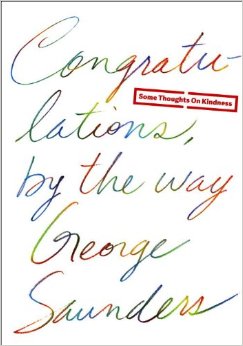 Neil Gaiman's speech from Philadelphia's University of the Arts, Make Good Art, is perfect for any grad pursuing a creative career, be it writing or sculpture or film; the message speaks to the creative process, but the book itself is downright beautiful, with highly stylized fonts and layouts presenting Gaiman's already highly creative ideas. George Saunders's moving speech from Syracuse University is also available for this year's grads to read and cherish in Congratulations, by the way: Some Thoughts on Kindness.
Neil Gaiman's speech from Philadelphia's University of the Arts, Make Good Art, is perfect for any grad pursuing a creative career, be it writing or sculpture or film; the message speaks to the creative process, but the book itself is downright beautiful, with highly stylized fonts and layouts presenting Gaiman's already highly creative ideas. George Saunders's moving speech from Syracuse University is also available for this year's grads to read and cherish in Congratulations, by the way: Some Thoughts on Kindness.



 Why did you feel you had to write a novel about Shankly first?
Why did you feel you had to write a novel about Shankly first?